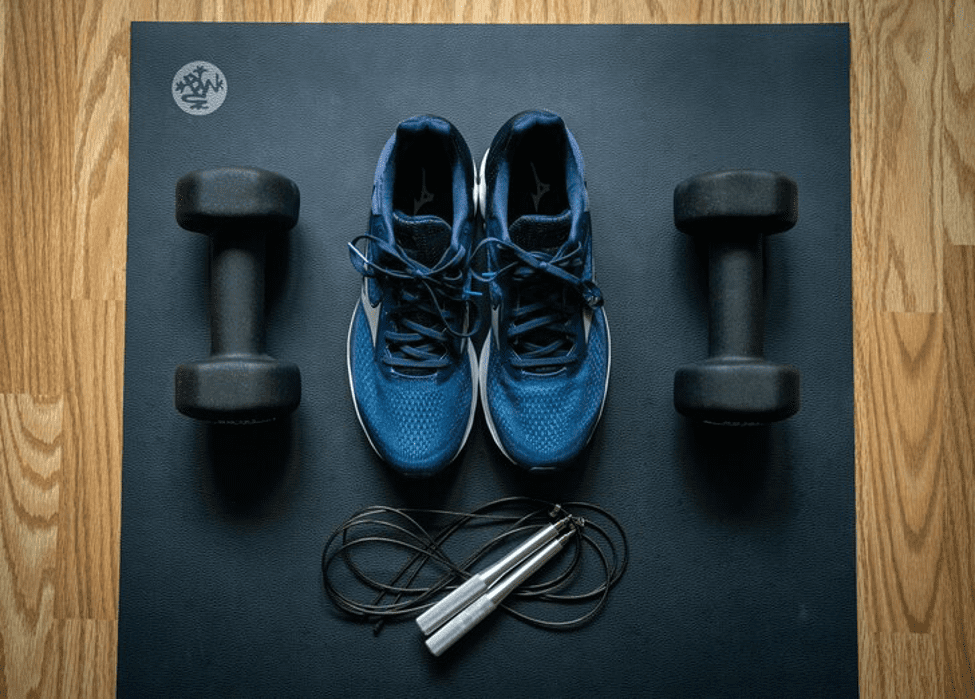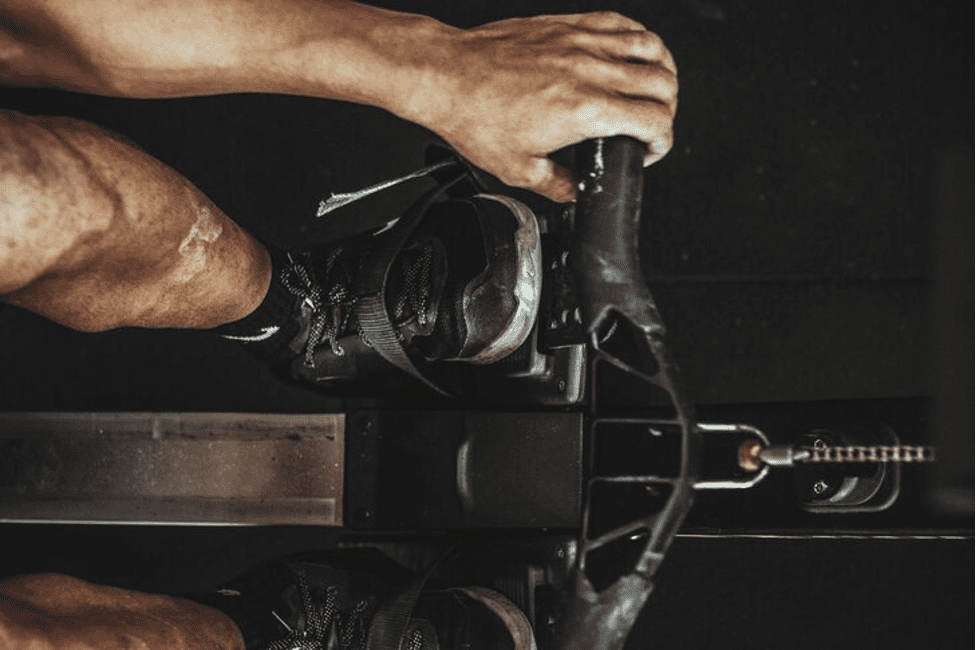Who would you rather be – the agile Stanley Ipkiss from The Mask or the chubby Sherman Klump from The Nutty Professor?
That question puzzled a lot of people when quarantining during the pandemic. With gyms, parks, fitness studios, and health clubs closed, people were forced to put on a little weight. But thanks to the home fitness market, they’re now able to get back in shape from the comfort of their homes.

Alexandra Tran/Unsplash | Several people put on weight during the pandemic since they were stuck at home, but thanks to the home fitness market, they’re getting back in shape
Last year, the home fitness market saved many people from gaining that extra fat around their bodies. It helped them stay both physically and mentally fit. With such positive results, it was natural that the market would grow like crazy.
According to Acumen Research and Consulting's latest report, the global home fitness market is projected to register a CAGR of 4.7% during the forecast period (2020-2027). It's believed to reach over $22.6 billion by the end of 2027. Here’s a quick roundup of some factors that'll influence its growth.
Consumer preference
Since the pandemic began, more and more people have shifted from outdoor to indoor workouts. They’ve enrolled themselves in online fitness sessions and have chosen to exercise from their homes. Working professionals operating from their houses have become the biggest fans of virtual workout sessions since they save time. Needless to say, several fitness brands have taken advantage of this situation and collaborated with celebrities to attract more people. And it seems their strategy is actually working!

Carl Barcelo/Unsplash | Fitness brands are collaborating with celebrities to promote their equipment and products
The pandemic
When the global lockdowns closed gyms and health clubs, the fitness equipment market witnessed a huge fall. At that time, reputed clubs and studios refused to buy equipment because people no longer visited those places due to safety concerns. Amid infection concerns, everyone purchased equipment that can easily be installed at homes. This pushed the home fitness niche to skyrocket, and it seems in no mood to stop (at least not for now).
Innovative products
Looking at the increased demands, market players like Nautilus Inc. and Matrix Fitness have launched innovative home fitness products that consume little space and offer different facilities. In October 2019, Nautilus Inc. unveiled JRNY, a digital platform that used AI to provide personalized workout sessions. Unlike Nautilus, Matrix Fitness launched a training system that encouraged users to take up strength training.
Increasing demand for cardiovascular equipment
With obesity causing dangerous health problems like high blood pressure, heart attack, and diabetes, people are focusing on more active workout sessions than low-intensity ones. It's predicted that they might need more high-performance fitness equipment to keep up with active training sessions in the future.

Victor Freitas/Unsplash | With obesity causing health problems, people are focusing on more active workout sessions than low-intensity ones
Bottom Line
Looking at the current conditions, we can guess that there will be many new diseases lurking around us in the future. The only way to beat the fear and risk is if we stay fit and keep our immune systems strong to fight these problems. In this fight, fitness equipment and physical exercise will play a major role.


